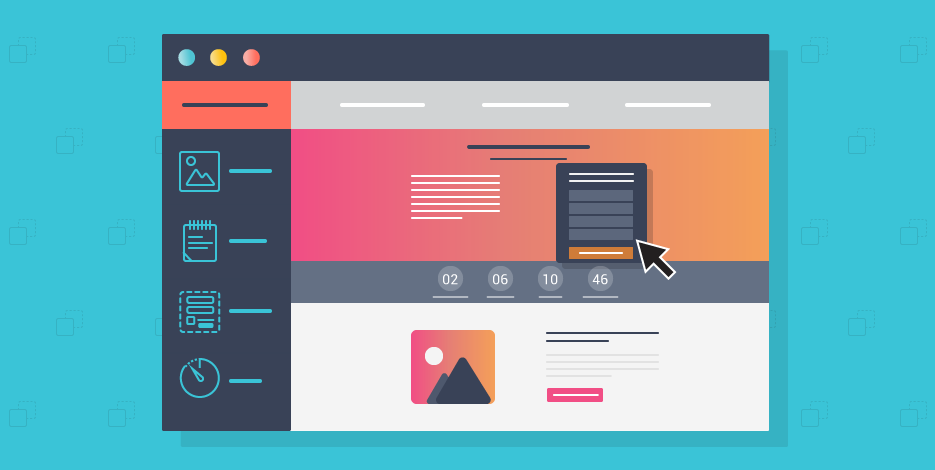Written by Hannah Smith – Marketing Student at Oregon State University

You’ve started a website for your company, but you’re not seeing the results you hoped for by creating the website. How can you get your website visitors to stay engaged and make the conversion that you’re looking for?
The first thing you need to know about different types of landing pages. There are five different types of landing pages, each with a different purpose in mind. The five types of landing pages are; Single-Product landing pages, Multi-product landing pages, Lead Generation Landing Pages, Subscription Landing Pages, and Single-purpose landing pages,
Each type of landing page will serve a different purpose for what type of conversion that you are looking for. So how do you use a landing page to generate the most conversions on your website? Here are five ways that you can increase your landing page conversions.
Have a Unique Value Proposition
When potential customers are visiting your website, what are you wanting them to get out of it? How do you want them to remember your company? A Unique Value Proposition is the values that your company holds over other companies, and what you’re offering. Why should consumers pick your company over another? Your landing page should include a statement that shows that your company is unique and the best option for what they are looking for. This step will help you develop a landing page that keeps your potential customers engaged in looking at your website, and potentially making that conversion to a regular customer.
Have a Simplified Design and Layout of Your Website
An important part of having a good landing page is a simplified design. You want what’s called “Conversion-Centered Design” where the design of the website is completely centered around getting the customer to make the conversion that your company is looking for. The key is to create a design that provides ease of use and is a familiar layout. Look at successful retail websites such as Amazon or your favorite well-known brands. They will most likely have a very similar layout to each other that provides familiarity to the consumer when navigating through the website. The last thing you want to do is to create a new, crazy and complicated design that the customer will have no idea how to navigate.
Create Your “Call to Action”
A “Call to Action” is the point on your landing page where you want your potential customers to gravitate towards. On online retail sites, a call to action may be the “Add to Cart” button on a single-product landing page. In this example, the “Add to Cart” buttons are usually the boldest button on the screen, attempting to convince the viewer to purchase the item. You want your call to action to be clear and to the point. You wouldn’t want your potential customers confused about where to proceed with a purchase or action. If you want a successful conversion, you need a call to action on every webpage throughout your website to help navigate your customer.

Provide Trust Symbols
If you have a small business, potential customers probably don’t know much about your company and may be skeptical of your website, and whether it’s safe to make a purchase or not. One way you can gain the trust of your customers is to add trust symbols to your website. Trust Symbols are images or symbols that provide legitimacy to your site. This can be as simple as including linked icons to your company’s social media pages, adding photos of customers with your products, positive reviews from customers, positive publicity from local businesses or newspapers, or brand recognition awards. Adding elements such as these throughout your website and specifically, your landing page will help gain the trust of the potential customer, and help them make the conversion to a regular customer of your company.

Test Your Website and Landing Page
If you feel like you’ve been making changes to your website and you’re not sure what is truly increasing your landing page conversions, consider doing an A/B test. An A/B test is when you make a change on your website, and call that the “B” version of your landing page and your original version is the “A” landing page. Then you perform a randomized experiment where some consumers visit the “A” page, and others visit the “B” page. From there, you can see which modifications to your website perform the best based on conversions after visiting your website.
Citations:
Unique Value Propositions – https://unbounce.com/conversion-glossary/definition/unique-value-proposition/
A/B Testing – https://vwo.com/ab-testing-3/
Digital Marketing Essentials, Larson and Draper, Chapter 1: Digital Marketing Foundations
Digital Marketing Essentials, Larson and Draper, Chapter 2: Web Design (Desktop and Mobile),

